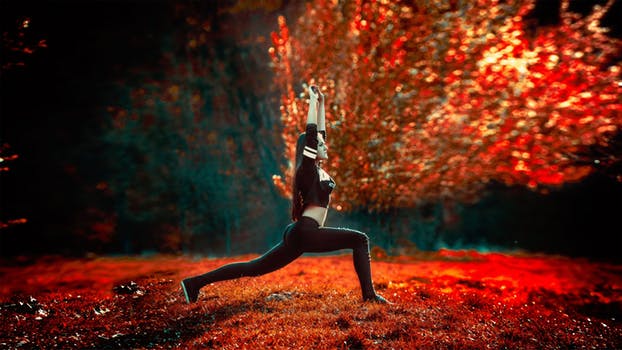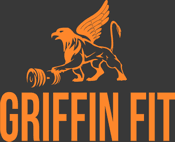More than one way to perform lunges
by Carla Bolstridge in Training

Lunges are probably one of the most beneficial exercises to add into your workout routine. Ok, so they might not be everybody’s favourite exercise, perhaps it’s because they really challenge the lower body, but we all know that hard work does pay off. Not only are lunges obviously great for building strength in the lower half of your body (glutes, hamstrings and quads) but a great calorie burner too! As lunges use large muscle groups you’ll burn more energy to power through them, plus they will work your core and back due to the balance and stability required to perform them.
However, there is more to lunges than you might think, read on to discover just how versatile this basic exercise can be!
Walking Lunges
These can be performed with or without holding dumbbells in either hand. Body-weight walking lunges are great for beginners who need to build up their strength, balance and co-ordination.
Tip: Ensure that your back is straight and supported by keeping your core held tight. Also, make sure that you don’t go too wide with your step as this can make it harder for you to come back up, pulling your body out of good form and alignment.
Static Lunges
Lunging on the spot is a little harder than walking lunges as it requires a little more balance. Again, these can be done with your own body weight, with a dumbbell in either hand or a barbell on your shoulders.
Variations: You can perform static lunges by either alternating the legs or doing reps on each leg (for example 12 on your right then 12 on your left). You can also choose to perform static lunges by either lunging forward or backwards.
Curtsy Lunges
Curtsy lunges will have more focus on hitting the glutes than a regular lunge, but are still great for engaging your quads. These are performed on the spot by taking the leg behind at a slight diagonal creating a curtsy (funnily enough). Again, like the static lunges you can alternate legs or perform your reps on one leg then the other.
Tip: As curtsy lunges are better carried out with feet turn out at a slight 45 degree angle, ensure that your knees are going over/in line with your toes, to prevent twisting and potentially injuring your knees. These can also be performed with or without weights.
Side Lunges
By lunging to the side you’ll be engaging your adductor muscles (your inner thigh muscles), a muscle that tends to get over looked.
Variations: These can be performed by lunging out to the side and returning back to the starting position before you repeat or you can start in a wide stance with feet slightly turned out and lunge continuously from side to side without coming back up until you’ve performed your reps. I find that if you want to to add weight to this exercise, holding a medicine ball is a great approach. Like the curtsy lunge do ensure that knees are in line with toes (as feet are tuned out).
Raised back foot lunges
Raising your back leg during your lunges is the ultimate test for your balance, core stability and glute engagement, therefore adding weights to this variety of lunging is not the best for beginners. These are performed by resting your back foot onto a bench or box whilst lunging on the spot, performing reps on one leg before changing to the other.
Tip and advanced variation: If you feel your lower back tighten rather than the squeeze in your glute then you have your leg too high, so play around with the level at which your back leg is placed at. Once you have this exercise nailed then you can challenge yourself further by placing your back leg on a TRX rope, the ultimate test for balance!
